Staff BloggerLiz Gibson 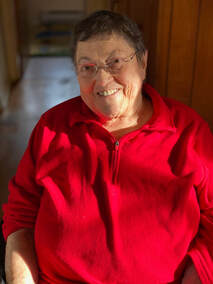 Ruth Simkin—doctor, activist, author, entrepreneur, world traveller —was born in Winnipeg, Manitoba, Canada in March, 1944. She lived a most amazing life that can only be understood by reading her books--The Jagged Years of Ruthie J, Like An Orange on a Seder Plate: Our Feminist Haggadah (and Our Lesbian Haggadah), Dear Sophie, Come Along with Me, What Makes you Happy, and The Y Syndrome. Ruthie passed away on Friday, May 13th, 2022 and will be sorely missed by all who knew and loved her. In her early years, Ruth attended the Peretz School for Jewish Education, and later went on to public school and then the University of Manitoba. When Ruth was around eighteen years old, she experienced a dark period in her life due to medical conditions that were misdiagnosed and caused her to be placed in the now famous “sanitorium," Chestnut Lodge, in Rockville, Maryland—made famous by such movies as I Never Promised You A Rose Garden and Lilith. Ruth talked about her time there in her book, The Jagged Years of Ruthie J. An unknown reviewer wrote: "Few people, if any, have spent years locked up in a mental institution and emerged against overwhelming odds as noteworthy physicians. Ruthie J becomes Dr. Ruth Simkin, an internationally renowned Physician. She is a skilled pubic Speaker who gives voice to both the ex-mental patient and the physician. She offers hope to those who find themselves in unthinkable circumstances and affirms the determination of the human Spirit.” Ruth studied at Trinity College in Washington DC where she completed a degree in physics and chemistry. While at Trinity she participated in a research program through NIH (National Institutes of Health) in chemotherapy. During her time at Trinity, Ruth discovered a physical constant in chemistry, and was awarded the Hillebrand Junior Award from the Chemistry Society of Washington. After graduation, Ruth took a year off and experienced many adventures as she backpacked around the world. During this time, Ruth also spent four months at Tel Hashomer Hospital in Israel, where she later studied in the seventies. She moved to Calgary to attend the new University of Calgary Medical School and was in the first graduating class in 1973. Upon graduation, she immediately set up a very successful family practice in Calgary, while also serving as a professor and preceptor for the Medical School. Ruth spent most of her life in the service of others, whether as a doctor, a community activist, a feminist, and a researcher of all things curious. She was tireless in her constant desire to learn more, see more, and do more. She loved all aspects of medicine, from acupuncture to women’s medicine, to medical concerns of the lesbian community, to hospice. She even travelled to China to study acupuncture at the Shanghai College of Traditional Chinese Medicine, approved by the WHO, and became the first approved acupuncturist in Alberta, Canada. While working on staff at Alexandria Community Health Centre in Calgary, an interest in PMS took her to London where she studied under Katerina Dalton, the doctor who named PMS and recognized it as a real medical condition. Afterward, Ruth opened the first PMS Clinic in Western Canada. Ruth loved to travel. She travelled around the world twice—once after graduation from University and again in 2005—this time with her beloved sister, Judi. Ruth and Judi had many memorable adventures, which Ruth later wrote about in her book, Come Along With Me. Apart from medicine and travel, Ruth also loved the theatre and became involved in many theatre projects and the performing arts. She produced many concerts over the years, and in particular for lesbian artists and audiences, bringing such people at Lucie Blue Tremblay and Alex Dobkin to the stage. Ruth was never idle or bored. She explored all sorts of entrepreneurial avenues in her life, from being a small vegetable farmer (on SaltSpring Island, BC) to holographic art, to concert producer. She studied languages. She increased her medical knowledge by becoming a hospice doctor in Victoria, BC. She loved music and studied Taiko Drumming, participating in a number of performances with Uminari Taiko. Her most memorable performance was for Canada Day in 2010. Ruth was a member of the Congregation Emanu-El in Victoria, BC, Canada. Ruth will be missed by her friends at Bedazzled Ink Publishing, especially by Liz Gibson, who befriended her during her days on SaltSpring Island in the early 1990s, and has fond memories of evenings spent with Ruth and friends, especially after concerts hanging out with the artists.
3 Comments
Staff BloggerC.A. Casey 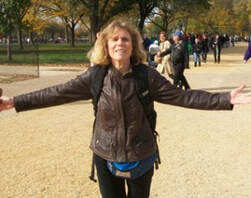 One day we get this strange (in a good way), quirky, funny book about an unreliable dog walker who loses a client's dog. In the saga of looking for this dog, the author decides to poke fun at just about everything that's wrong with human society. And did I mention the lost dog doesn't want to be found? Call us strange, quirky, and sometimes even funny, but we love strange, quirky, funny books and so we accepted Find Sam by Debbie Ann Ice. And readers agree with us: "Whatever you might be expecting from Find Sam, I feel pretty confident in saying you will be surprised. Written from the point of view of one human character and one canine character, the story ostensibly revolves around a missing dog. But it is every bit as much about the often funny kinds of holes we dig for ourselves when we begin to lie." Debbie's next novel, Dead Fish, is also a strange, quirky, funny book but it's like a maturer older sister to Find Sam. By setting the issue of the climate crises a few years in the future during a time when the United States government has all but given up on actually governing (wait . . . never mind), Debbie is able to tell the story her own way. This includes writing two-thirds of the book in (gasp) second person (as highlighted in the don't-ever-do-this section on fiction writing). The reason is brilliant, by the way. The Blue Jays also talk to each, and they're masters of observation. Dead Fish is, as a reader puts it, “a smart and important and wonderfully funny book. It takes place sometime in the future but I hope all young people read it right now while there’s still time to grow up and do something about it. And on the way, hand the book to your mother and tell her to get busy saving the planet for you.” We're not sure what Debbie is cooking up at the moment—if she's in search of new linguistically talented critters, finding new human foibles to poke fun at, or continuing to explore ways of bringing important issues to our attention in quirky fictional ways. Whatever she's working on, we're certain it'll be strange, quirky, and funny and also makes us think a bit about our world.
Staff BloggerC.A. Casey 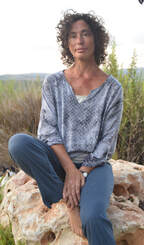 We love books that show us a different world from the one we live in. Israel is an extra interesting place because it's a country that has a volatility at its heart that often seems will never be settled. This volatility is also at the heart of Hope Valley by Haviva Ner-David. What is also at the heart is an undercurrent of optimism about the future of Israel through the story of two women, one Jewish-Israeli and one Palestinian-Israeli, who come together to form the unlikeliest of friendships. Hope Valley, being a novel, is a writing departure for Haviva. She's known for her spiritual journey memoirs, having published two before Hope Valley and a third, Dreaming Against the Current, with Bedazzled Ink. As with Hope Valley, Dreaming Against the Current is a richly textured work depicting a remarkable life on a remarkable spiritual journey. As one reviewer wrote, "This is a memoir you might need to read twice—once simply to fall in love with the author and her spider, slug, jellyfish, hummingbird and pigeon, and then once again, to find yourself." In Dreaming Against the Current, we learn what Haviva has to do every day just to physically move. Since the age of sixteen, she's been dealing with a genetic degenerative muscular disorder "which makes many forms of movement on dry land difficult and painful." Knowing that, and knowing all that she's done in her life, makes her, as a person and as a writer, even more remarkable
Staff BloggerC.A. Casey 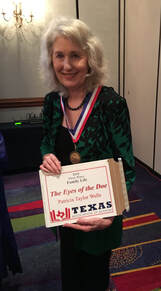 Every book follows its own path. A novel can take an infinite number of paths to tell a story, and each will produce a work with varying degrees of successful storytelling. So the most important, and often the most difficult, decision a writer makes is how they're going to tell a story. Since stories are about characters, this decision usually means answering a simple question. Whose story is it? If it's one person's story, great. Then you just have to decide first or third person? If it's a two person story, great. Strictly two person point of view, or something more flexible? Once the protagonists are decided, the decision-making comes from how to present them using point of view. Now what if a submission has seemingly equal multiple points of view, both male and female, and your submission guidelines say, must have a female protagonist? That's what we had when The Eyes of the Doe by Patricia Taylor Wells landed in our pile of submissions. We liked it but who's the protagonist? Well, the secret behind The Eyes of the Doe is the heart of the story is autobiographical. In fact, Patricia has admitted she's often not sure where her real life leaves off and fiction begins when she writes. In the end, it really doesn't matter because the only way to capture the appropriate pathos for The Eyes of the Doe is to allow the reader to experience the aftermath of a single traumatic event through several different people. As one reviewer put it, "I couldn't put it down. The multiple point of view approach was an adventure into the complexity of emotions." Patricia loves to write and doesn't limit herself to one genre. LodeStar and the soon to be published, Kaleidoscope, are poetry collections, Mademoiselle Renoir à Paris is a autobiographical novella, and The Sand Rose is a novel, once again based on her own experiences, this time living and working in Saudi Arabia as a young single woman. What's Patricia working on next? Well, let's just say, it's something that requires a lot of historical research and quite a departure from her previous work. But there's no doubt it'll have her special touch in the telling of the story.
Staff BloggerC.A. Casey 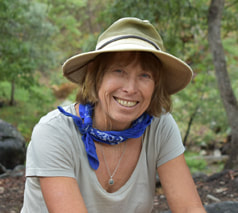 The first thing that caught our attention when Summers of Fire came to us as a submission was the writing. We had to double check, first, to make sure it was, indeed, a memoir, and second, that it was really the first book Linda Strader had written. It not only reads like fiction, it reads like it's by someone who knows how to write fiction. Pace, setting, description, characterization—it's all there from page one. As one Goodreads reader puts it, "She kept me turning pages with her carefully crafted scenes, colorful descriptions, and the personalities who jumped off the pages." Then we find out Linda is an artist—a watercolorist—and a musician. She experiences the world through these creative filters that heightens her senses, and she's able to capture them in her prose. Her second book Uprooted is also a memoir—a prequel to Summers of Fire. Her love of nature shines in Uprooted as she brilliantly paints the landscapes around Prescott, Arizona and Mt. Lemmon, overlooking Tucson, with her words. The one thing we keep asking Linda is, "Why aren't you writing fiction?" The answer. She is. All we can say is, be ready for a treat when she breaks away from writing about real life and allows herself to completely indulge her imagination.
Staff BloggerC.A. Casey 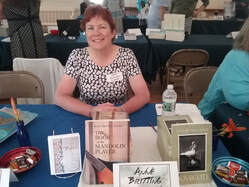 Two things you need to know about Anne Britting Oleson. She's a poet, and her prose is infused with her poetic sensibility. The first thing that struck us about The Book of the Mandolin Player, the first book we signed by her, is her prose has a beautiful cadence that perfectly captures the rhythm of rural Maine. Her words and the way they flow not only pull you in, they grip you and hang on, even when you wish you could shake them off for a bit to process the journey you’re immersed in, to catch your emotional breath. A mantra from readers is they they can't put Anne's books down and finish them much too fast. And, as is a sign of a great book, the words stay with you long after you finish reading them. Then you want to find other people who have read the book so you can discuss it. One last thing you need to know about Anne Britting Oleson is she doesn’t take the same path twice when writing a novel. Even though each of her novels has some kind of mystery at their heart, they are as different from each other as novels can be. Because of this, being an Anne Britting Oleson fan is a fun adventure. You never know what she’ll write about next.
|
Bedazzled InkThe Latest from Bedazzled Ink Archives
August 2023
Categories
All
|
Books & Imprints |
Information |
Contact |
Proudly powered by Weebly
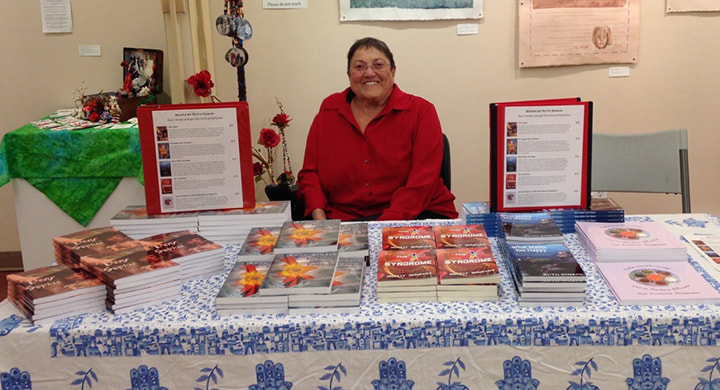
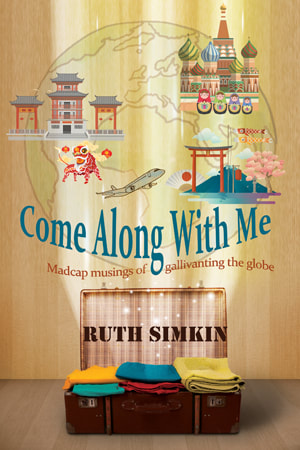
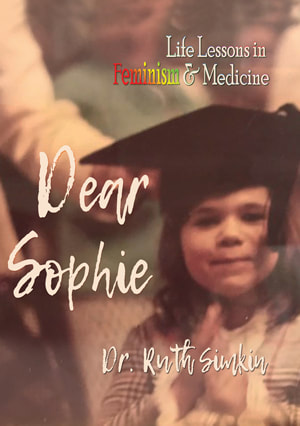
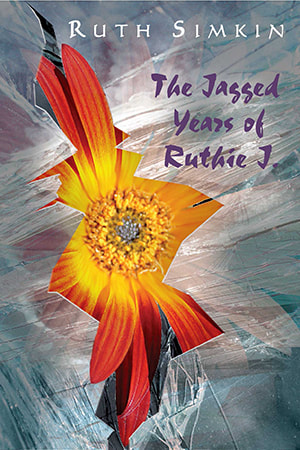

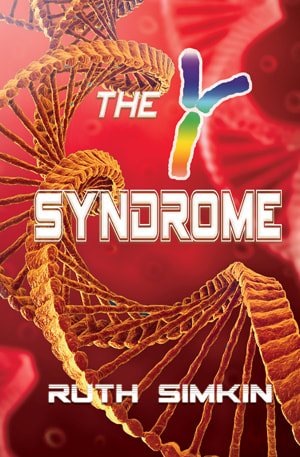
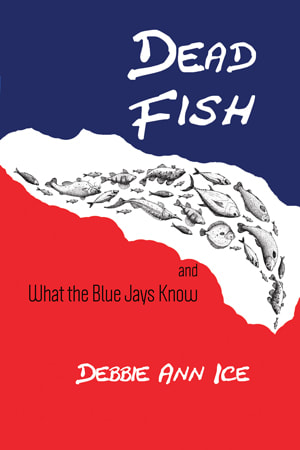
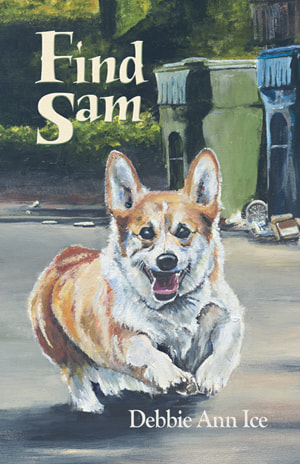
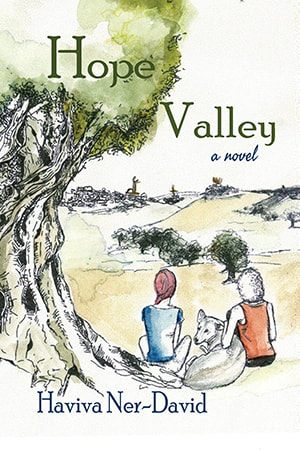
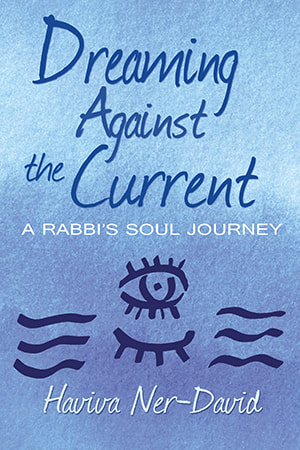

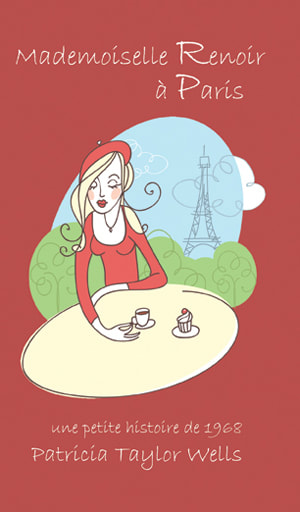
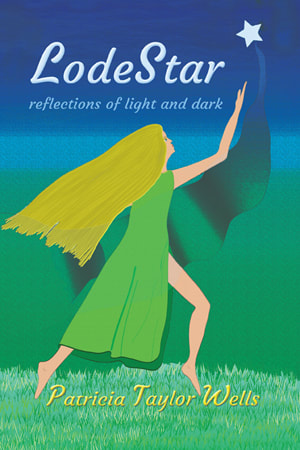
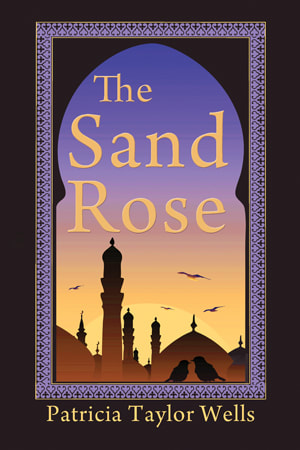
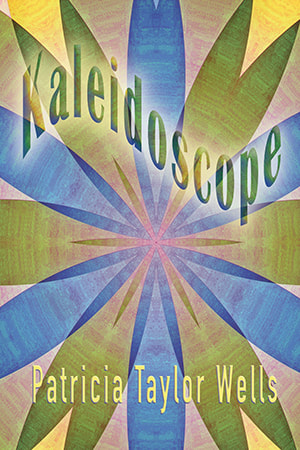
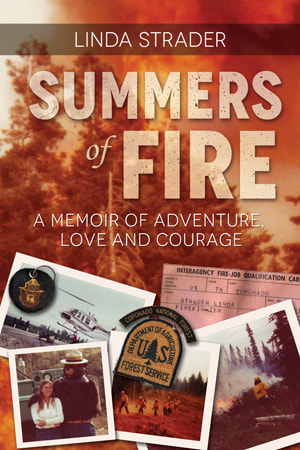
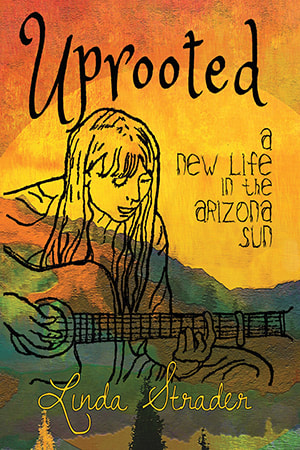
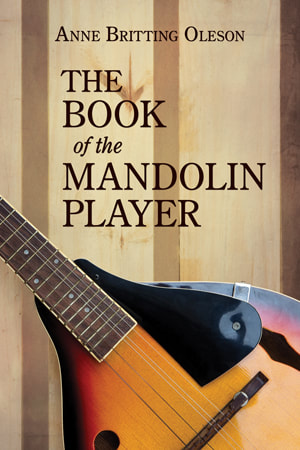
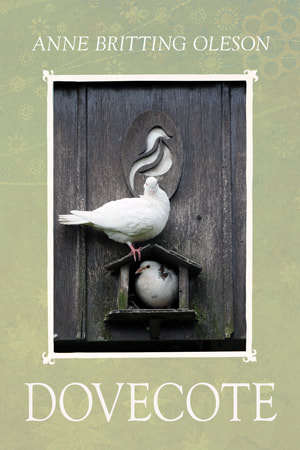
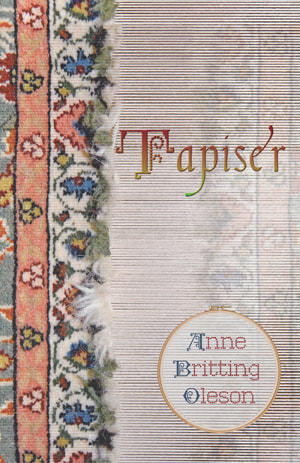

 RSS Feed
RSS Feed